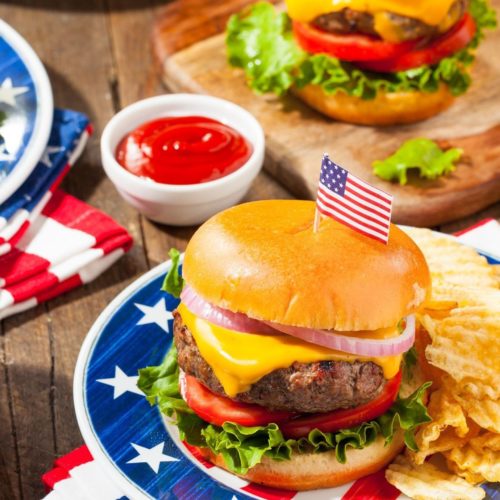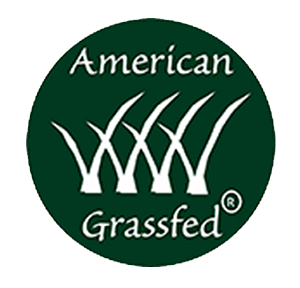
Are all salts created equal?
We love salt.
It’s one of those things every kitchen has. We clean with it, cook with it, and even throw it over our shoulder. But with the variety of salts available to us today, we get the question a lot: Are all salts created equal?
The easy answer is yes…and no. (Ok, maybe that’s not so easy).
Yes, all salts are chemically the same, because all salt is sodium chloride, or for you chemists NaCl. But no, the texture, size, and procurement of salt crystals impacts how they taste, and how you should use them with food.
We’re here to help you distinguish between types and their best use. The easiest way to show you is to break the salts down into three main categories: table salt, kosher salt, and sea salts.
TABLE SALT
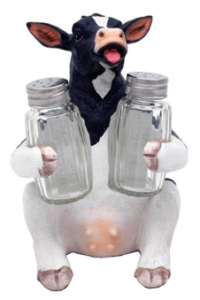 Table salt got its name from the place you find it most, on the table in cute little salt shakers (like the one shown here). It’s procured by pumping water into underground deposits to dissolve the salt, bringing the brine to the surface, settling out the impurities and then evaporating the crystals out. This process yields the tiny, regularly shaped grains (that are able to fit through your salt shaker!)
Table salt got its name from the place you find it most, on the table in cute little salt shakers (like the one shown here). It’s procured by pumping water into underground deposits to dissolve the salt, bringing the brine to the surface, settling out the impurities and then evaporating the crystals out. This process yields the tiny, regularly shaped grains (that are able to fit through your salt shaker!)
Unlike kosher or sea salts, most table salts contain additives. “Iodized” table salt has, you guessed it, potassium iodide. Additional additives include drying agents to prevent clumping. Many chefs have reported a noticeable taste difference from these additives.
Table salt crystals being fine and evenly-shaped, makes them much more dense than other salts. If you’re wondering why density matters, think about it this way: with all else equal, a teaspoon of dense salt will make food saltier – because more crystals fit into the same teaspoon. Thus, it is much easier to “over salt”.
The best use for “table salt” is where small crystals are more evenly distributed. Baked goods, stocks, soups, and pasta cooking water are all tasty examples. Also when salt is diluted in these liquids, there is no reason to use the higher priced specialty salts.
KOSHER SALT
Kosher salt crystals can come from the ground like table salt, or the sea (like…well…sea salt) and are produced without additives. It is coarser than table salt because the crystals are not as fine or symmetrical. This originally was meant to help with koshering the meat, but has become more widely adopted because the coarser crystals make food more flavorful.
Chefs love Kosher salt because the bigger crystals are easier to pick up between your fingers, ensuring control over those “pinches” of salt recipes call for. The lower density of the crystals also makes the taste less intense and it’s more “pure” without those additives.
Kosher salt is very versatile and it dissolves fast so its flavor disperses quickly across food. You can use it for just about anything before or during cooking, like seasoning or brining meats.
SEA SALT
Sea salt is the least processed of the bunch. As you’d expect from the name, it’s harvested from the ocean or salty lakes by evaporating the water, leaving you with large, unique crystals. These larger crystals offer a great burst of flavor for finished foods. They’re typically flakier than Kosher salt, which creates an element of texture to your finished dishes. Sprinkle just a bit on before eating for a pop of flavor.
Sea salts will diffuse into cooked foods and sauces just like Kosher or table salt, and the taste is almost indistinguishable, so you don’t need to use it while cooking. It’s typically more expensive too, so savoring it with the final product will save you a little cash.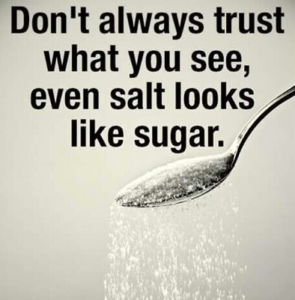
Another great thing to know about sea salts is they come in a variety “finishing” flavors to help you spice-up your completed dishes.
Smoked-infused varieties, like hickory or Applewood add an “off the grill” flavor to burgers or ribs, chicken or turkey, and even potatoes. Use them sparingly as too much smoke can ruin the flavors your painstakingly worked into the dish before cooking.
Hawaiian sea salts are another option. They’re often pink or brown because they’ve been mixed with a red volcanic clay which stick to the crystals. They have a subtler flavor that make them great for pork or beef.
The list of finishing salts goes on and on; check out your local specialty food store to take a tour for yourself, and find one that will perfectly compliment your next masterpiece.
The Takeaway:
All salts are not equal.
In a pinch, you can use them interchangeably, but our advice is to keep Kosher salt around for preparation and cooking, and sea salt/s around for the table (for finishing the dish off).
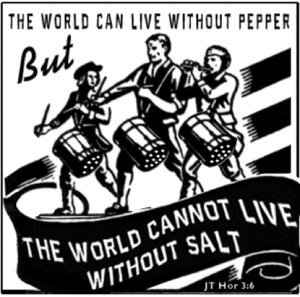 Some important points we’ve discussed:
Some important points we’ve discussed:
1. Table salt should not be used at the table. If you’re going to use it at all, use it only for dilution in pasta water, sauces, soups, baked goods, and the like.
2. Kosher salt should be your go-to for salt when prepping or cooking. It has no additives, provides better flavor, and the larger crystals are easier to work with.
3. Sea salts (including finishing salts) should be your new table salt, but might change with the dish being served to add a crunchy burst of flavor to your creations.
You’re now an expert on salt. Congratulations!
Not sure what your first salt-expert recipe will be? Try this one.




